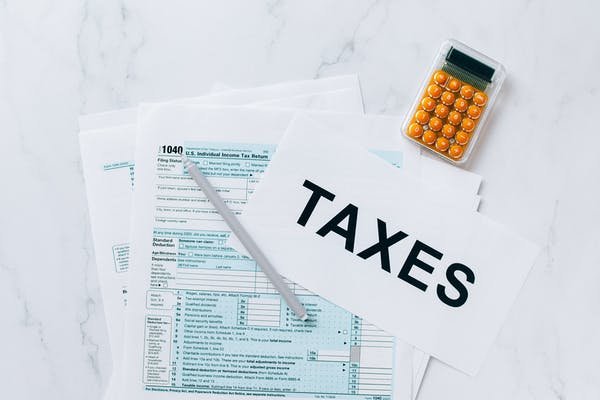
What is GST?
Goods and Service Tax is an indirect, value-added tax imposed on trading od domestic services and goods. It came into effect from 1 July 2017, through the execution of the One Hundred and First Amendment of the Constitution of India by the Indian government. It is an ‘all-embracing’ taxation system as it just about covers all other indirect taxes (eg., excise duty, service tax, etc.,). Like previous taxes, it is multistaged (charged at all stages from production to consumption) as well as destination-based (collected from the point of consumption not origin, unlike previous taxes). Its rules and regulations, as well as rates, are governed by GST Council. A GST Council comprises of the finance ministers of the central government and all states. Currently, it is divided into five blocks – 0%, 5%, 12%, 18% and 28%.
It was first endorsed by France as its taxation system in the year 1954, emulated by 160 countries. Some of them are Australia, Brazil, Canada, Italy, Spain, and South Korea. Albeit its implementation faced severe criticism by the nation as well as the opposition.
Types Of GST

There are four types of GST.
- The Central Goods and Services Tax (CGST)
- The State Goods and Services Tax (SGST)
- The Union Territory Goods and Services Tax (UTGST)
- The Integrated Goods and Services Tax (IGST)
The Central Goods and Services Tax (CGST)
The Central Goods and Services Tax comes under Central Goods and Service Act 2016. The tax collected under CGST is the revenue for the central government. Prices for goods and service under CGST is charged according to the basic market price, albeit its rate should not be exceeded than 14%, as mentioned in Section 8 of the GST Act. It covers all the Central Taxes like Central Excise Duty, Central Sales Tax, etc.
The State Goods and Services Tax (SGST)
The State Goods and Service Tax comes under State Goods and Service Act 2016. The tax collected under SGST is the revenue for the state government. Besides SGST, CGST will also be imposed on the goods and/or services provided.
The Union Territory Goods and Services Tax (UTGST)
The Union Territory Goods and Services Tax comes under the Union Territory Goods and Service Act 2016. It will only be imposed if the goods and/or services are sold in all five UT, i.e., Andaman and Nicobar Islands, Dadra & Nagar Haveli, Chandigarh, Lakshadweep, and Daman & Diu. Along with UTGST, CGST will also be imposed on the product or service.
The Integrated Goods and Services Tax (IGST)
The Integrated Goods and Services Tax is governed by the IGST Act 2016. IGST unlike CGST, SGST, and UTGST applies to inter-state transactions (be it the import into India or Export from India) of goods and/or services. CGST will not be applicable in this case.
Advantages Of GST
Implementation of GST was one of the decisions that faced severe criticism by the nation as well as opposition. People neglected its long term benefits and focused on the harm caused at the moment. Therefore, the following are some advantages of GST.
- Before its implementation, there was a load of different taxes that were supposed to be paid for a good and/or service sold. Now there is a single tax.
- When someone is made to pay tax on a single product, again and again, they are more likely to not pay it, thus giving roots to corruption.
- It has also reduced sales without a receipt.
- When the tax is imposed on the added value, be it at all levels, the final cost is less, in comparison to the cost when tax is charged on the full value at all levels.
- Due to its cascading effect, experts believe that in the longterm the cost of the products and services will be reduced.
Disadvantages Of GST
Along with its advantages, GST has certain drawbacks or disadvantages which were one of the reasons that it faced criticism in India. Some of them are given below.
- Petrol, liquor (alcoholic beverages), and electricity are a few commodities that are not taxed under GST, therefore it disrupts its ‘all-embracing’ nature.
- It has caused an 8% increase in the price of real-estate, therefore resulting in a 12% fall in its demand.
- An increase in the cost of insurance premium, as well as the cost of software, is a result of GST.
- The main reason for its criticism is that it is also imposed on articles such as hearing aids, wheelchairs, etc..
This was all about Goods and Service Tax (GST). At certain points, it was criticized while the rest was positively a great resolution. The main points that are to be kept in mind are its benefits in the long run.








































